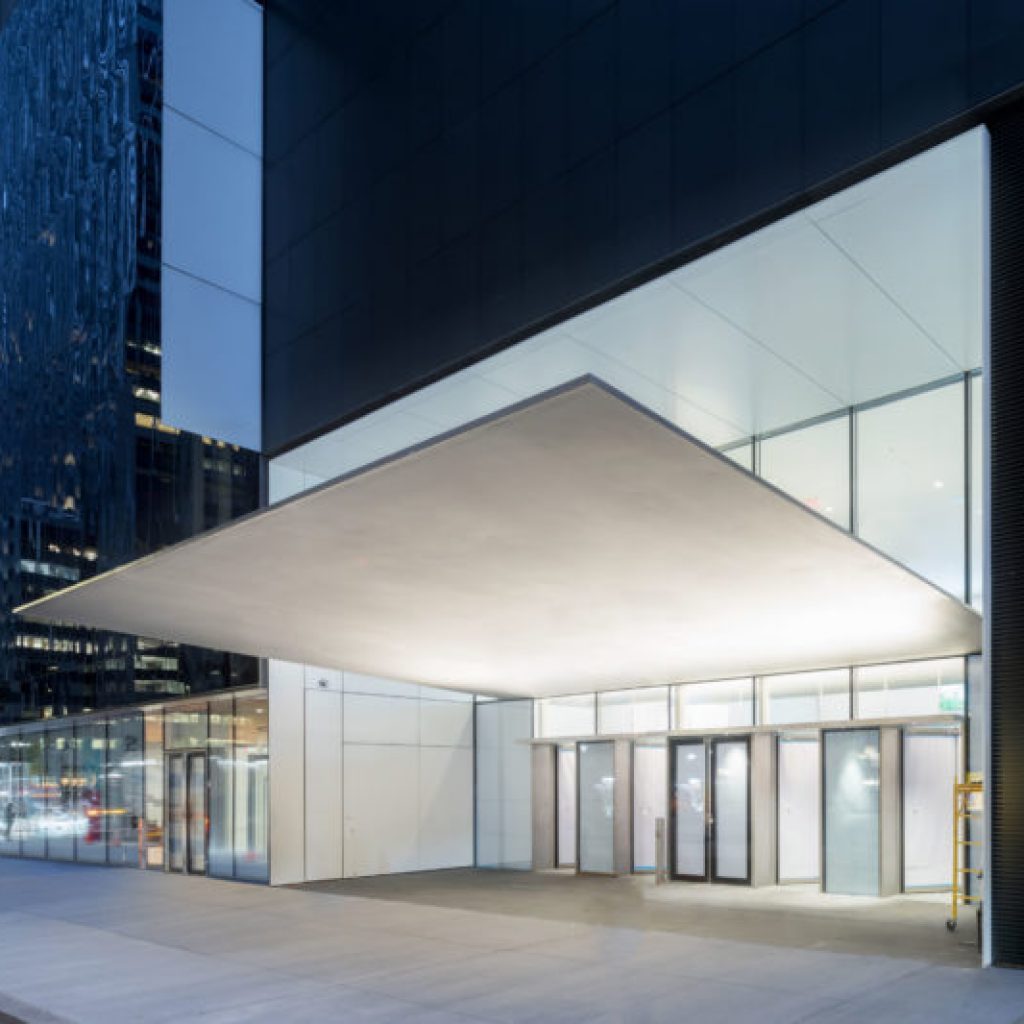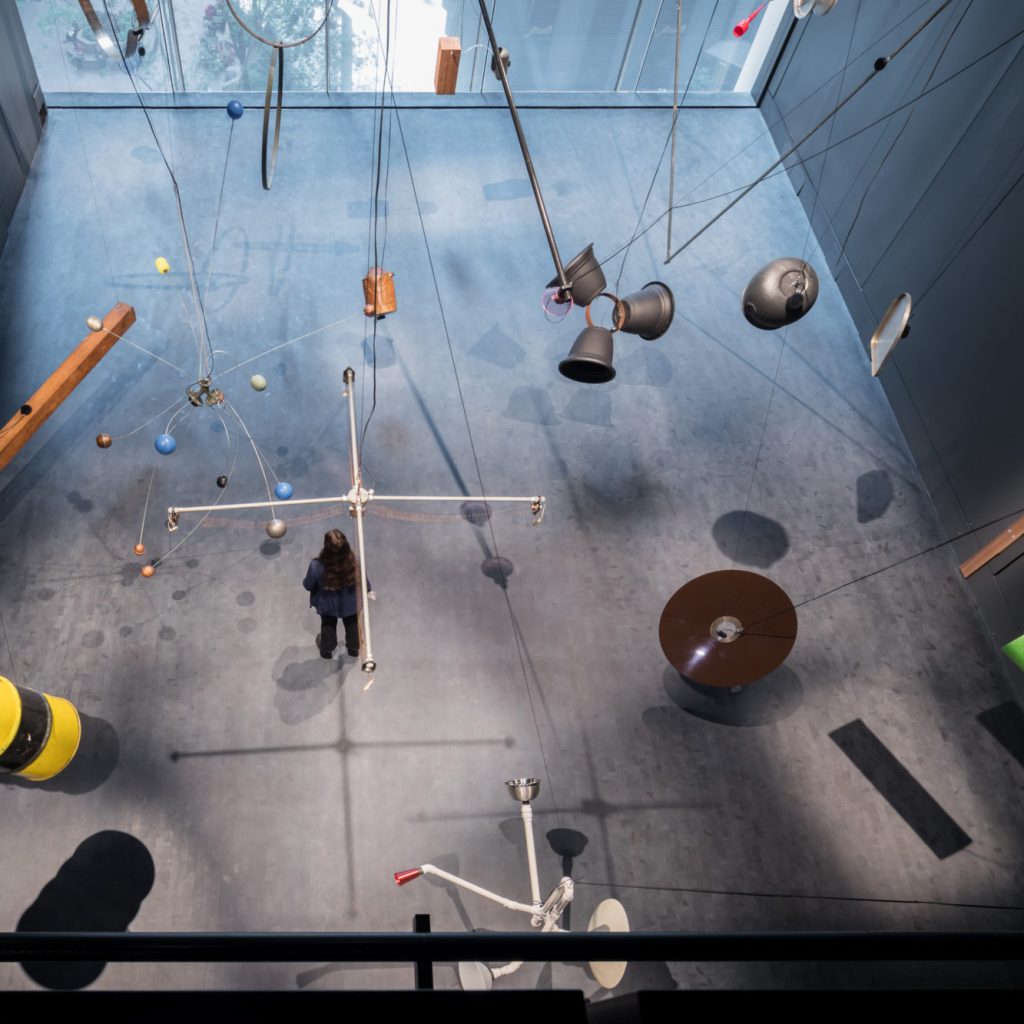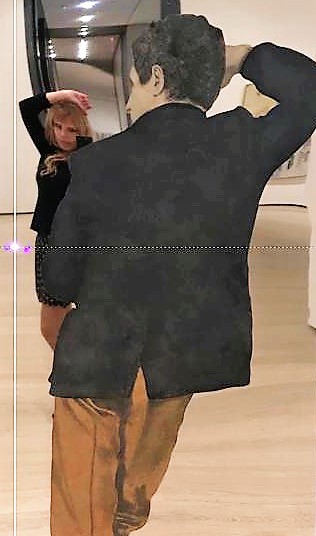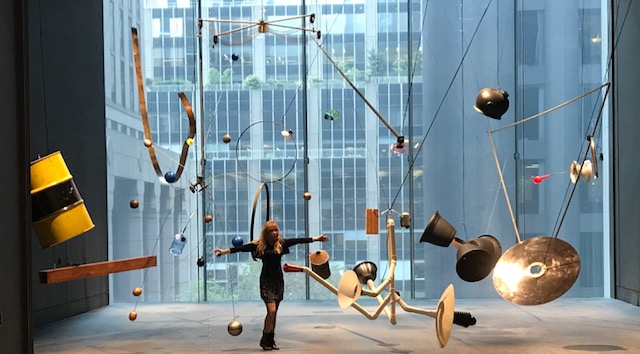
Photography by Iwan Baan, Courtesy of MoMA
It was a privilege to have had access to the ‘new’ MoMA, Museum of Modern Art in New York City, before it reopened to the public. MoMA was closed for renovation and anticipation of its reopening was a topic not only in the art world, but also amongst New Yorkers and visitors from all walks of life.
Expectations were high as to how MoMA would fulfill its promise of bringing new experiences to the presentation and viewing of modern art.
In my opinion, the vision was accomplished brilliantly with juxtapositions of older and newer ‘modern’ works; for instance, name brands Picasso and Monet placed side-by-side with more current, diverse and lesser-known artists. This arguably invites questions within the artistic metier about “merit”, but also provides food for thought about the nature of inspiration, originality and creativity.
On our private tour of the “new” MoMA, one of my favorite places revealed itself to be the Marie-Josée and Henry R. Kravis studio, a state-of-the-art, double-height space dedicated to innovative live and experimental programming, such as the current sound installation by American pianist and composer David Tudor (1926-1996), a pioneer of electronic music and sound: Mr. Tudor’s Rainforest V (variation 1), combines twenty different types of sound in a harmonic symphony, with each unique “voice” coming through the artistic object comprising each “instrument”.

Photography by Iwan Baan, Courtesy of MoMA
According to Jan Postma, MoMA’s Chief Financial Officer, the overall purpose of the renovation was to “better connect the museum to the people and streets of New York City.”
Indeed, through the welcome expansion of the property, a number of new galleries on the ground floor have been opened to the public, free of cost, to inspire and encourage public interaction with the art on display.
The Studio in the heart of the Museum will feature live programming and performances that react to, question, and challenge histories of modern art and the current cultural moment. An innovative second-floor Creativity Lab for education will invite visitors to connect with art that explores new ideas about the present, past, and future.
– from MoMA’s press release, February 2019
Throughout all of the museum’s galleries, a strive for diversity has been incorporated, so that the public can now more deeply experience, relate to and learn about art from artists outside of their own cultural comfort zones.
While the MoMA institution remains unique – There is only one Museum of Modern Art, located in New York City and not shared, like Paris’ Louvre, for example, with countries abroad – it is understood that cultural exchange with other countries and curators is vital. Museum director Glenn D. Lowry therefore invites colleagues from different countries to visit MoMA to experience and learn about the institution “live”, while MoMA curators and researchers are offered the opportunity to travel abroad, for instance to India, South Africa and Brazil, and bring back – and apply – relevant artistic, historical and cultural insights.
Through this “self-education” approach to cultural exchange, and a thoughtful and inclusive new vision for presenting modern, as well as ‘older’, art, MoMA reopens definitively in sync with our current moment, in which the world has grown smaller, more inclusive and willing to share experiences and interactions with people who are receptive and willing, in fact eager, to participate.

And on October 21st, 2019, New York’s Museum of Modern Art reopened to that public.
Finally, the long-anticipated new MoMA arrived… on Vivienne’s List!
You should definitely check it out.

